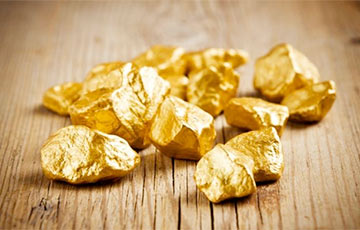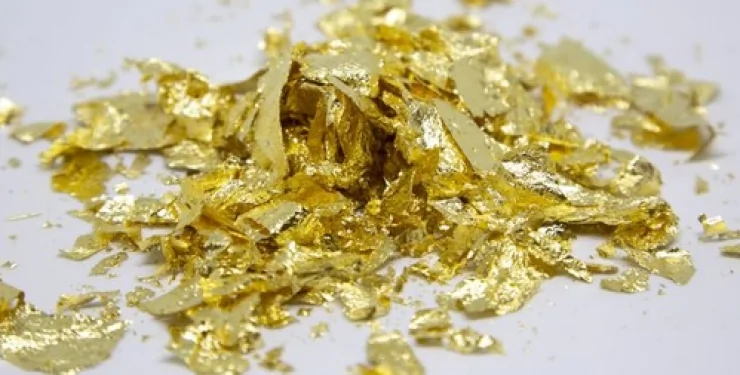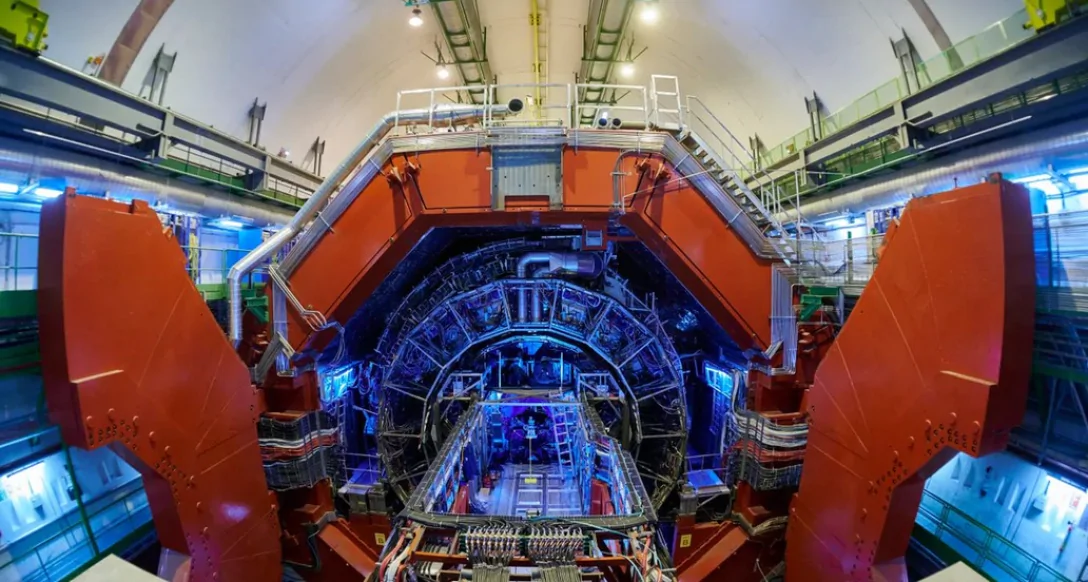The Alchemists' Dream Has Come True: Physicists Have Turned Lead Into Gold
31- 9.05.2025, 15:05
- 19,438

The experiment was conducted at the Large Hadron Collider.
Scientists have used the ALICE detector at the Large Hadron Collider to detect the transformation of lead atoms into gold atoms in the world's most powerful particle gas pedal. This detector studies what happens when lead atoms collide. It is mainly used to study the quark-gluon plasma that existed in the first moments after the Big Bang. But collisions of lead atoms can terminate them into gold atoms.
The study is published in the journal Physical Review C, writes IFLScience.

Turning lead into gold was the dream of medieval alchemists. Much later scientists found out that these are two completely different chemical elements and with the help of chemical transformations it is impossible to turn lead into gold.
In the beginning of XX century physicists found out that heavy chemical elements can turn into other chemical elements with the help of bombardment by protons. Now physicists have observed the transmutation, that is, the transformation, of lead into gold, by colliding the nuclei of lead atoms.
Lead consists of 82 protons and 126 neutrons in its nucleus. Gold has 79 protons. For transmutation, three protons must be removed from each lead atom. By colliding lead atoms almost at the speed of light some interesting products can be obtained. Not all atoms will collide with each other, so there will be lead atoms that will continue to accelerate. A strong electromagnetic field can create short but powerful pulses of light, and it is these pulses that can pluck three protons out of the lead and turn it into gold. That's what the physicists observed during the experiment.
The scientists also measured the interactions between the high-energy light and the nucleus of the lead atoms. They wanted to see the emission of one, two and three protons accompanied by the loss of a neutron. The physicists found that the interactions created lead with fewer neutrons, but also thallium, mercury and gold.

Gold appeared to be created much less frequently. Scientists have found that 89,000 nuclei of gold atoms per second are created from 174 billion atoms of lead. But gold exists for only a tiny fraction of a second, because the atoms decay very quickly. At the same time, the amount of gold is very small: only 2.9 by 10 minus 11 degrees of a gram, which is trillions of times less than it would take to make jewelry.
Although the alchemists' dream has technically come true, it is definitely not possible to get richer this way. Scientists believe that there are still more than 50,000 tons of gold in the bowels of the Earth, but this means that more than 70% of all gold has already been mined.











